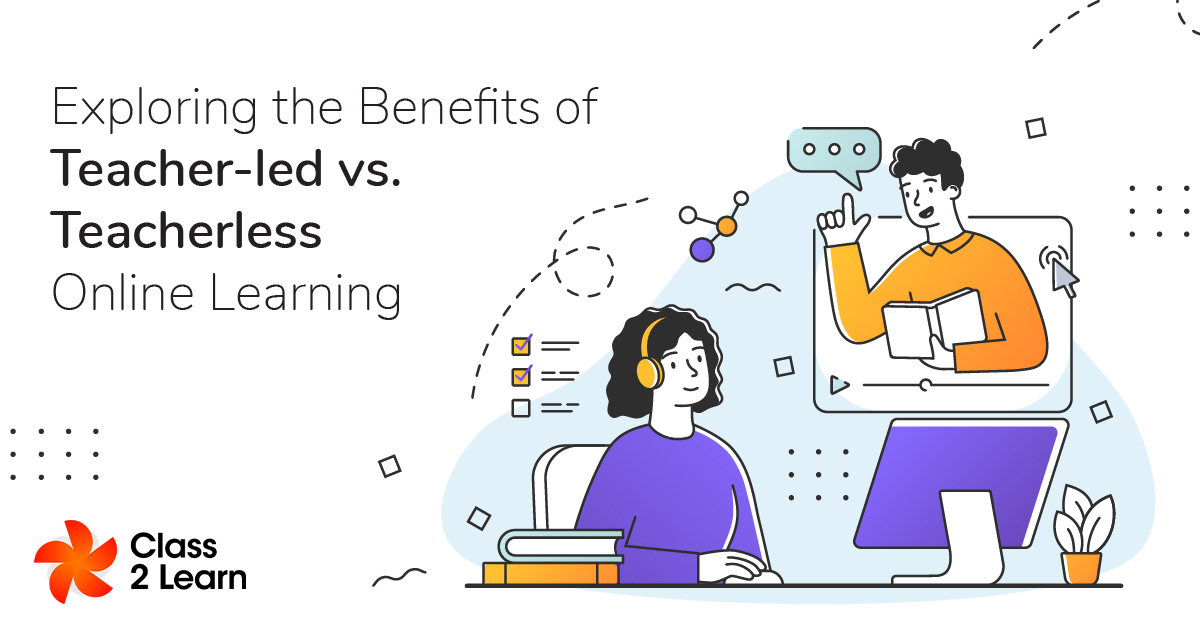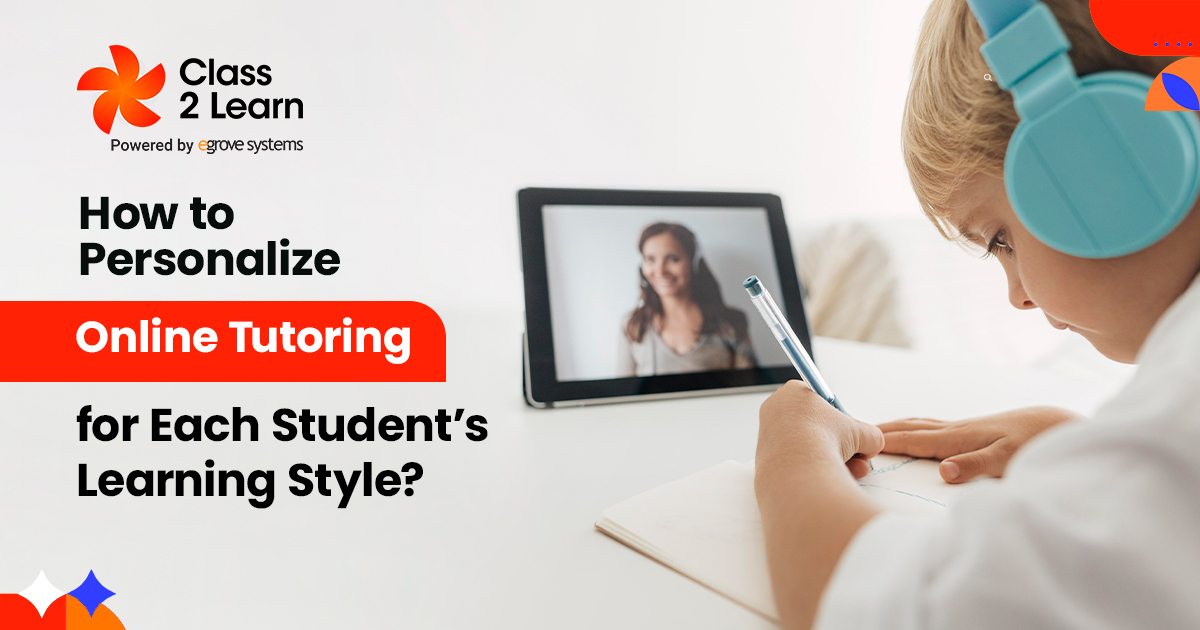In recent times, it has become more apparent than ever that online learning is a possibility for the future. While virtual learning has been available for years, 2020 made it become a widespread teaching tool.
The next question for the future is if online learning will be teacher-led or teacherless. Teacher-led learning is the traditional route where the teacher is the center of a classroom and assists all students. Online learning, on the other hand, may center around live video lessons with a teacher, but can also use pre-recorded lectures or self-guided modules. A professional educator may not be personally involved in teaching pupils.
Online learning can either be synchronous, with a teacher actively instructing while students are in class, or asynchronous, when a teacher will respond to a student’s work at a later time, or truly teacherless. A professional will put together the material for students, but ultimately there will be no instructor for students. The debate about which method is better has been ongoing. There are benefits from both methods, depending on which type of environment students prefer and which type a single student will ultimately thrive in.
Teacher-Led Online Learning Benefits
Teachers have been making an impact on students’ lives for centuries now. With advances in technology, some believe there may not be a need for teachers anymore. However, others feel that teachers are a vital part of learning and strongly believe that education would not be the same without the role of teachers.
While in-person education will always be dependent on the presence of a teacher, it can be argued that teachers are no less vital for online learning. Teachers, it is suggested, bring depth to students’ lives that cannot be substituted by technology. The relationship between a teacher and a student is highly appreciated, and teachers can also teach online.
In a Dutch study, researchers Paul Kirschner and Jeroen van Merrienboer examined online learning and found that the presence of teachers is actually a major benefit for students. From the results of this study, they claimed that young students are “not capable of effectively choosing proper search terms, selecting the most relevant websites, and questioning the validity of sources”. This shows that while in theory, self-driven learning may be a good idea, teacher-led classes are beneficial for keeping students on the right path.
It is also a lot more important for children to be monitored and cared for by a teacher than people may assume. A recent NBC study surveyed 10,000 students who have been doing virtual learning.
Nearly 42% of students reported that neither a teacher nor staff member had asked them how they were doing since going virtual. This causes stress in students’ lives due to not having a physical human connection and not having anyone praise them on their work.
Benefits of Teacherless Online Learning
While teacher-led online learning has advantages, there are also advantages to teacherless online learning. The fundamental justification for teacherless online learning is that students may learn at their own speed. This implies students may learn at their own pace rather than being paired with classmates who finish quicker or slower.
Students may work on their own schedule and at their own pace with teacherless online learning, providing them the time they need to acquire and completely understand knowledge.
With teacherless online learning, the necessary curriculum for students is still in place and is crafted by educational professionals. Students don’t necessarily have a disadvantage if they take part in teacherless learning. With this method, professionals believe that students have a world of knowledge at their fingertips and can work at their own pace.
Conclusion
Teacher-led and teacherless online learning are useful for students in separate ways. The self-driven learning that teacherless education offers is promising, but it has its faults when it comes to expecting young students to engage in learning without supervision, and is better for more motivated older students.
The two methods each offer beneficial features for the students, but individual students may adapt well to teacherless methods instead of traditional ones. Replacing teachers may seem radical, but it will become an important consideration during the transition to online learning.





Add comment